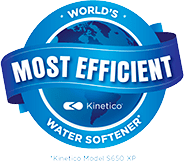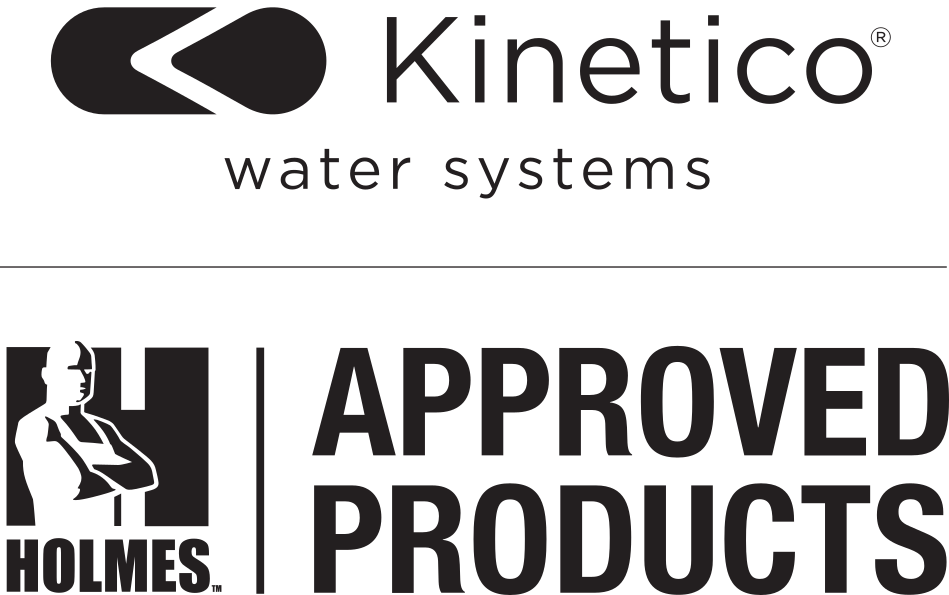Here in Minnesota, almost everybody needs a water softener for their home because our water is naturally very hard. But what kind should you get? There are two types — salt and saltless water softeners. Would a saltless water softener be better for household use?
We consider water “hard” when it has an overly-high concentration of certain minerals — calcium and magnesium, in particular. Over time, those minerals can take a toll on our skin, hair, clothes, kitchenware, dishes, plumbing fixtures, and appliances. It’s annoying, to say the least. And it can be costly, too. Soft water prevents these problems, which can save you time and money.
But is salt or saltless a better water solution for you?
What’s the Difference?
Other than salt, what’s the difference between salt and saltless water softeners? Are they even comparable?
In a word, no. These systems are often marketed as if they were comparable, and that can be confusing to homeowners. But they are not the same — in the way they work or in the results they produce.
Salt-Based Systems Actually Remove the Offending Minerals
Traditional water softening uses ion exchange to chemically convert water from hard to soft. Water passes through a column of resin beads that are charged with sodium ions. The beads capture mineral ions, replacing them with the sodium ions, which do not interfere with household functions. When the beads have reached capacity, the hard minerals can be flushed from the system in a process called regeneration.
Saltless Systems Don’t Do That
Technically, there is no such thing as a saltless water softener. These products are actually salt-free water conditioning systems. The minerals are not actually being removed as they would with a salt-based system, but are being restructured instead.
Systems that fall into this category either:
- Are chemically altering hard minerals into crystals that won’t adhere to surfaces.
- Use an electrical current to precipitate water hardness.
- Remove hard minerals through electrochemical demineralization.
- Eliminate hardness through an electrostatic process.
You may see some improvements when using a saltless water conditioning system, but many problems associated with hard water will still be there because the hard minerals are still there. For example, soap still won’t rinse easily off you or your dishes, so you’ll still have to contend with soap film.
So, What’s Best Option for Your Home?
The truth is, the water in our area is generally too hard for “salt-free” softening options. They might work in cities like Minneapolis or St. Paul that use a surface (river) water source, but in this case, we would probably recommend you restrict saltless softening to the cold feed of your hot water heater. Why?
What people frequently misunderstand is that these systems are very expensive to maintain. The media that filters your water needs to be replaced on a regular basis. If you were to use saltless conditioning for all your household water, you would have to replace the filtering media about eight times more often than if you only treated the flow to your hot water heater. That’s a huge cost and hassle difference.
With a traditional water softener, the resin beads used for filtering can be regenerated and reused. You will have to replace salt regularly, but that’s pretty inexpensive. This is especially true for many systems, like Kinetico, that are more salt-efficient. The bottom line? A traditional water softener is generally a much more efficient and cost-effective solution.









